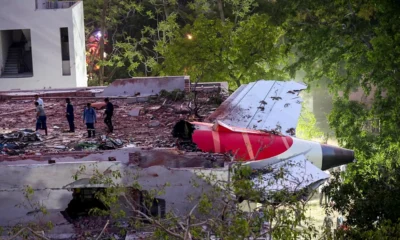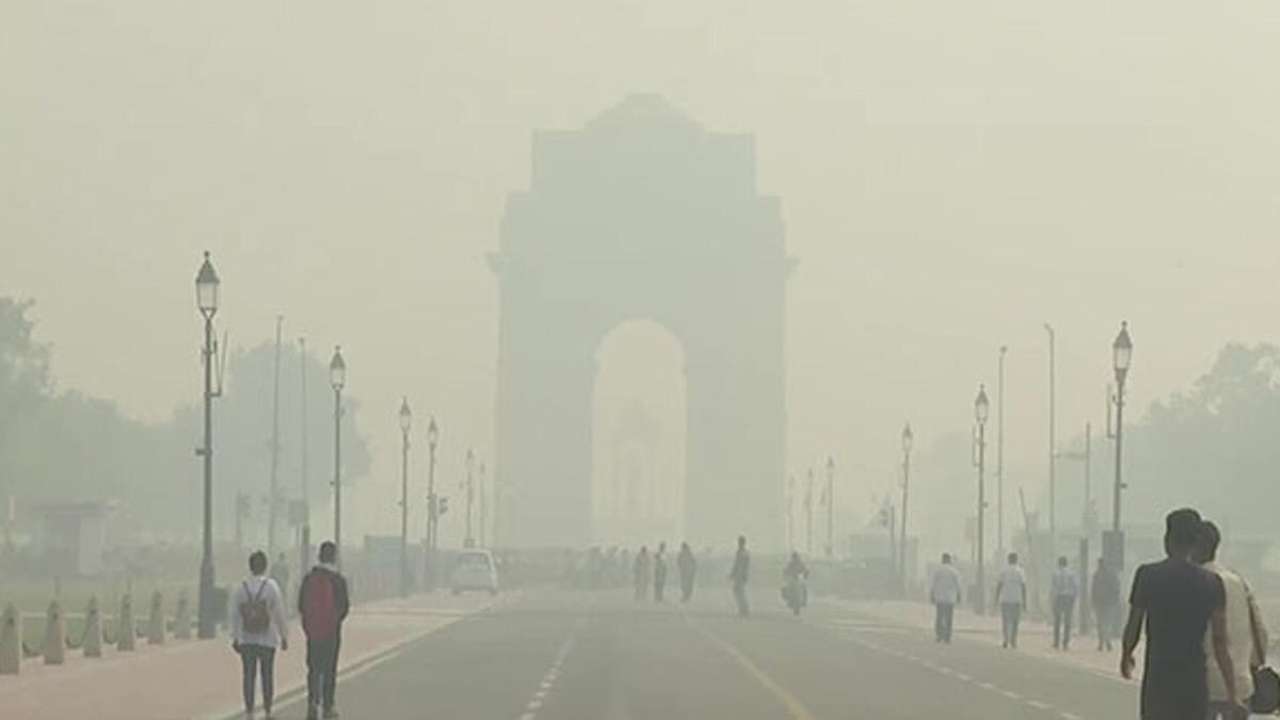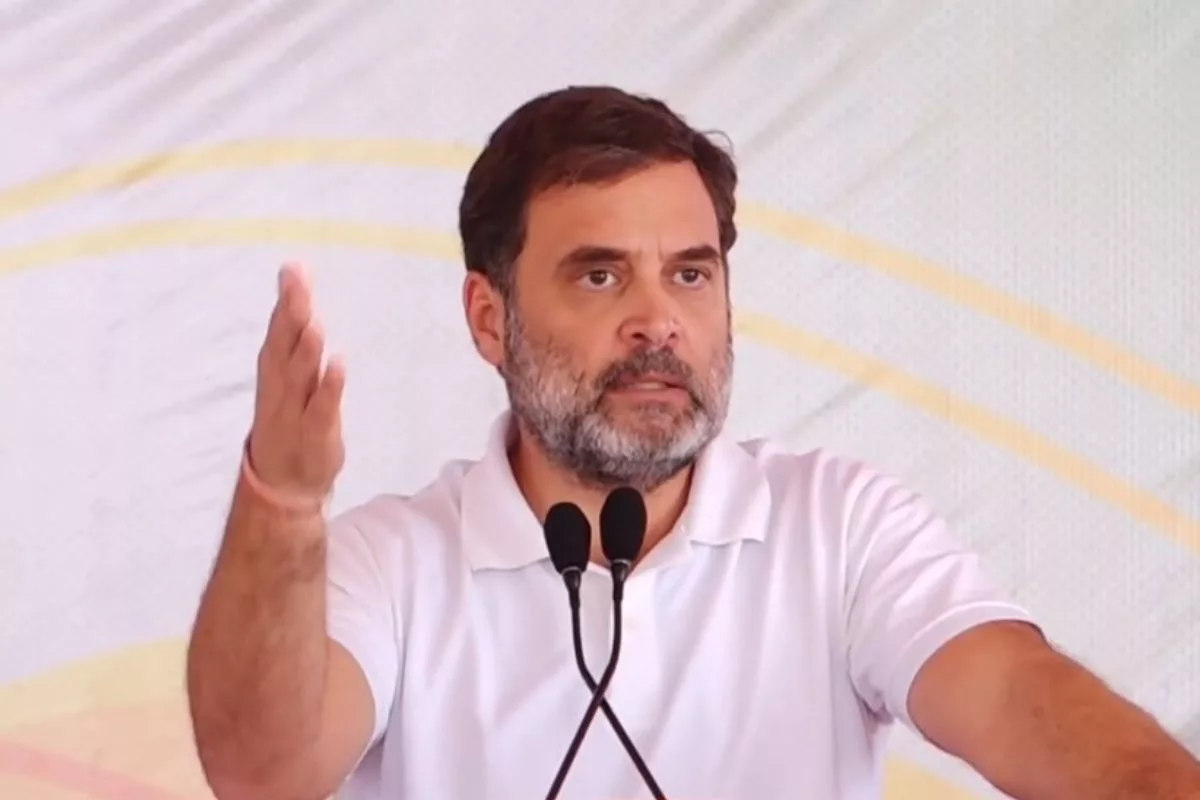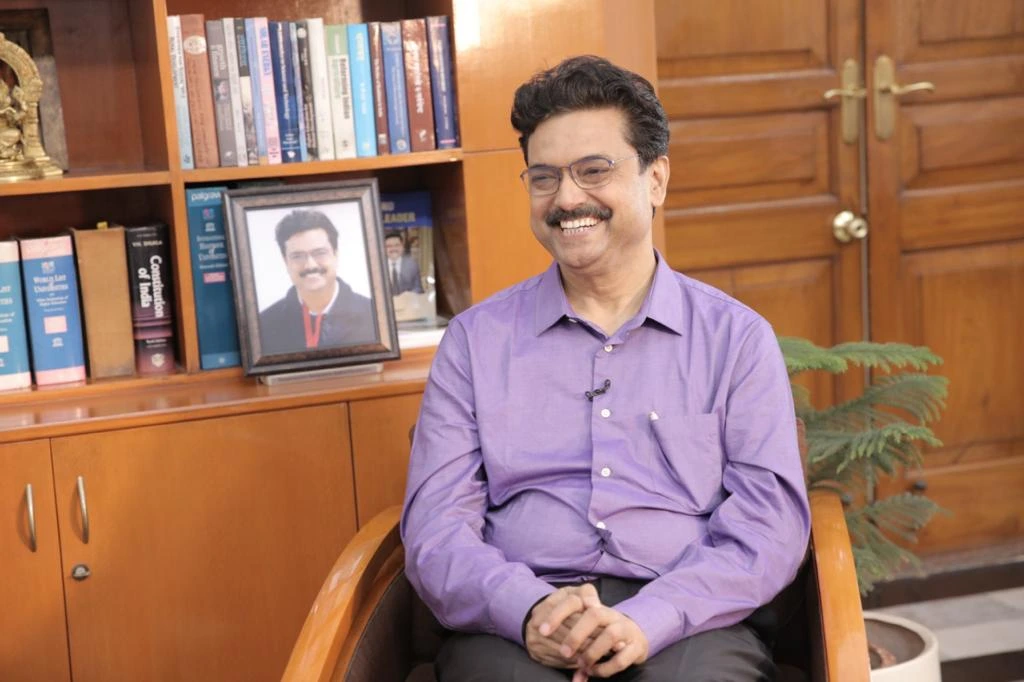The Supreme Court today (Wednesday, November 14) reserved its judgment on pleas challenging the deal for procurement of 36 Rafale fighter jets from France and seeking a court-monitored probe into the matter.
A three-judge bench, headed by Chief Justice of India Ranjan Gogoi and comprising Justices UU Lalit and KM Joseph, heard the arguments two days after the government submitted details on the decision-making process to finalise the Rafale fighter jet deal with France and the details of pricing in a sealed cover exclusively to the judges. A redacted version of decision making process was shared with petitioners.
The petitioners in the case include advocate Manohar Lal Sharma, lawyer Vineet Dhanda, AAP MP Sanjay Singh and former Union ministers Yashwant Sinha, Arun Shourie and activist lawyer Prashant Bhushan.
The petitioners wanted the Attorney-General, representing the Centre, to reply why a joint press statement was issued by Prime Minister along with French President Francois Hollande in April 2015, well over a year before the Cabinet Committee on Security finally approved the 36 jets’ deal signed in Sep 2016.
On the price of the Rafale aircraft, they said the government was hiding behind the secrecy clause of the agreement.
Arun Shourie, who was also present, said, “All that is spoken of as add on’s to the jets had figured in the original Request for Proposal,” adding, “Government is putting out all kinds of reports through ‘friendly media’.”
He argued that pricing was about public money and it must not be covered under secrecy agreement.
Attorney General KK Venugopal contended that “secrecy agreement has to be secret”. He argued that if the price is made public, adversaries would be able to relate it to the equipment. The AG said the secrecy is not about the price but the weaponry and avionics and if price is made public, adversaries would be able to relate it to the equipment.
The AG further asked if the court was competent to judicially review the Rafale deal, adding that the “matter is for experts to decide on, not the court”.
The bench then asked for the assistance of an Air Force officer on the issue. Deputy Chief of Air staff, Air Marshal VR Chaudhari and two other officers from Indian Air Force appeared in the Supreme Court to assist it on the issue of the procurement of 36 Rafale fighter jets from France.
They told the court that Sukhoi 30s were the latest to be inducted which is a third generation aircraft and added that the Indian Air Force does not have fourth or fifth generation aircraft in its fleet. The top court asked if there has been no induction of aircraft since 1985, the officers said “no”.
The government’s contention that procedure was followed was challenged, arguing that the Rafale deal qualified none of the three conditions laid down by the Defence Procurement Procedure (DPP).
It was contrary to the procedure laid down as the choice was not disclosed to the Cabinet, Defence Acquisition Council nor the Defence Minister. They argued that the government “short-circuited” the acquisition process, as it took the Inter-Government Agreement route to avoid giving tender.
Alleging gross violation of procedure in decision making process in the deal, Bhushan asked: “Who took the decision for 36 jets? On what basis did the PM announce the deal for 36 jets? He had no authority. How was 126 jets reduced to 36 jets?”
Asserting that not a single aircraft was delivered till now even after three-and-a-half years, he told the Supreme Court bench that if the 126 aircraft deal was still on, “at least 18 jets would have been delivered by April 2019”.
The government note in the Supreme Court on the Rafale deal said the prolonged impasse over the 126-aircraft deal had caused an “urgent need” to acquire 36 Rafale jets or two squadrons in a fly-away condition.
The documents provided by the government Monday claimed that the delay in concluding the Medium Multi-Role Combat Aircraft (MMRCA) deal, during the UPA rule, gave India’s adversaries time to upgrade and equip their fighter fleets with advanced weaponry.
“During this long period of inconclusive 126 MMRCA process, our adversaries inducted modern aircraft and upgraded their older versions. They acquired better capability air-to-air missiles and inducted their indigenous fighters in large numbers. Further, they modernised and inducted aircraft with an advanced weapon and radar capabilities,” the government had said.
When asked by the CJI about the argument of the petitioner that France had not given a sovereign guarantee to the deal, the attorney general said there was “letter of comfort” from the French President.
The petitioners also questioned Reliance as the choice of offset partner, a company with no experience in manufacturing defence aircraft. Regarding the contentious offset details of the Rafale deal, Justice Joseph asked the additional defence secretary as to how the country’s interests would be protected if the offset partner did not carry out production.
“What was the need to amend offset guidelines with retrospective effect?” Joseph asked. The official said that it was for the government to accept the choice made by the Original Equipment Manufacturer of the offset partner. Venugopal said that Dassault had not yet submitted details of offset partner to government.

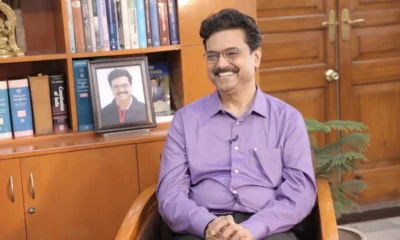
 India News21 hours ago
India News21 hours ago
 India News24 hours ago
India News24 hours ago
 India News22 hours ago
India News22 hours ago
 India News4 hours ago
India News4 hours ago
 Entertainment22 hours ago
Entertainment22 hours ago
 India News4 hours ago
India News4 hours ago







